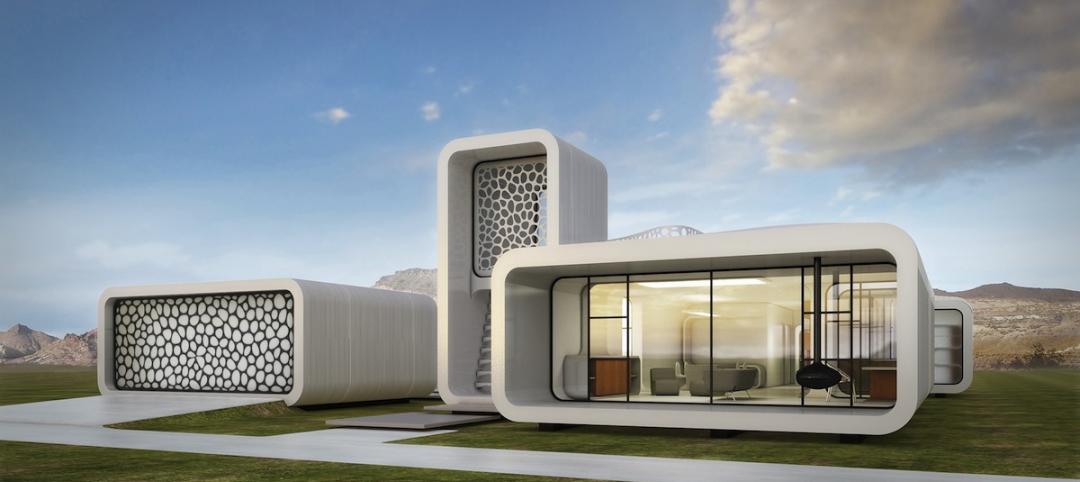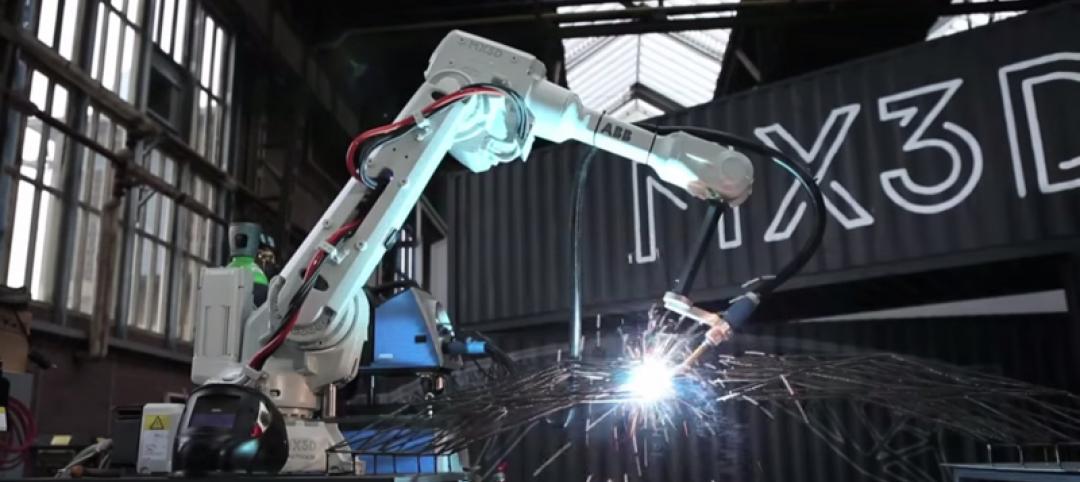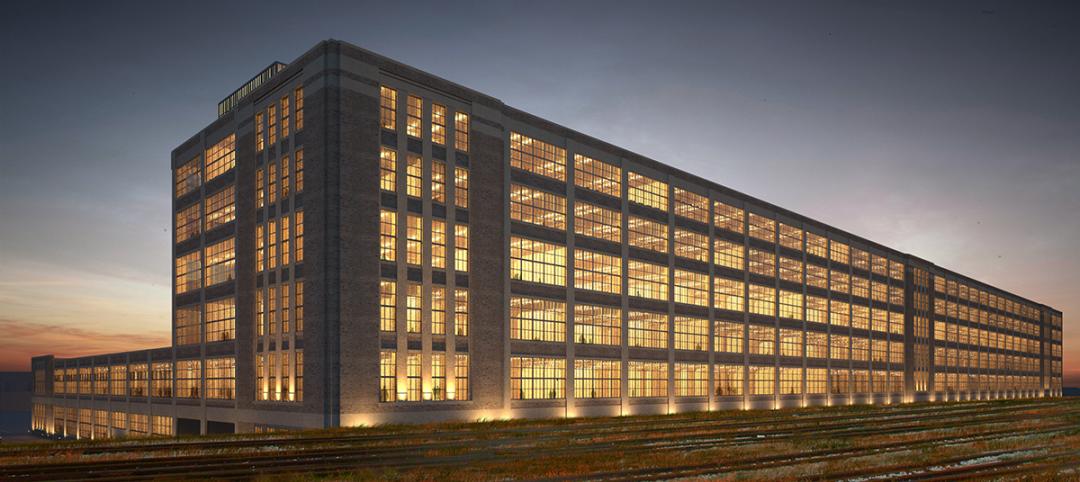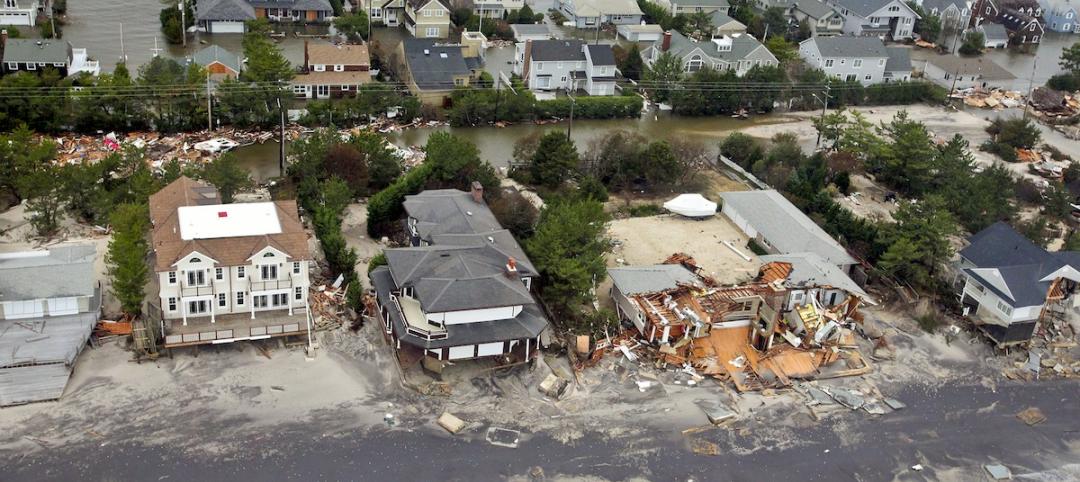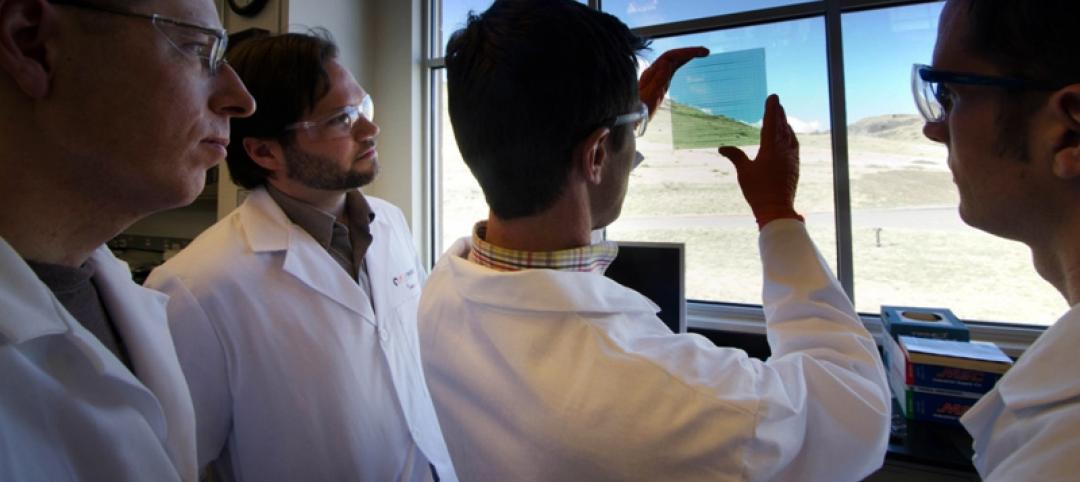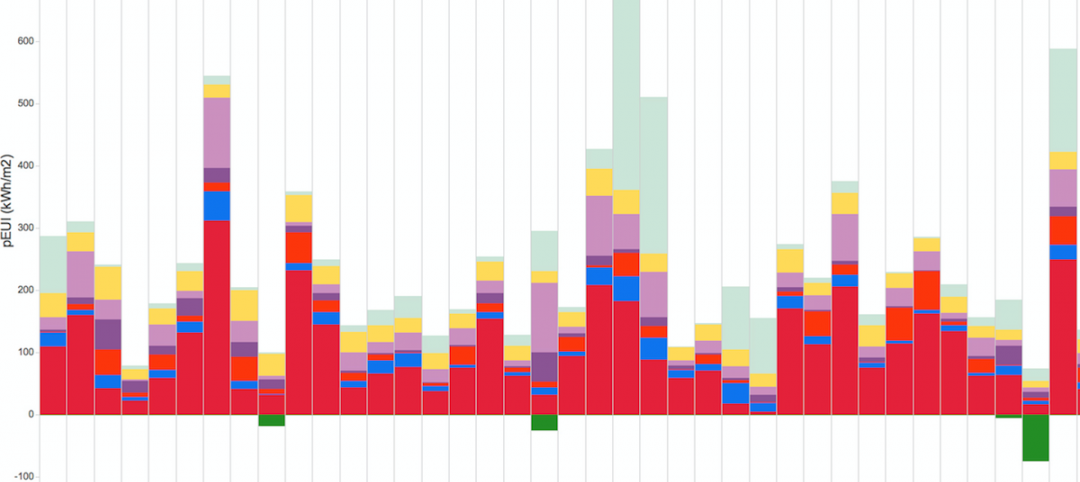Beginning next year, the Federal Emergency Management Agency will require states to evaluate the risks that climate change poses to their communities in order to gain access to millions of dollars of disaster preparedness funding.
The aim is for states to do a better job planning for natural disasters they are likely to face in a warming world. The new requirement won’t affect the post-disaster relief that communities receive after being damaged by natural disasters.
The rule change is part of FEMA’s revision to its State Hazard Mitigation Plan guidelines. FEMA distributes disaster preparedness funds to states that submit documents outlining the risks they face and how they plan to address them.
These efforts can include purchasing flood-prone properties to prevent future losses, building air-conditioned refuges for major heat waves, or creating procedures for shutting down or moving equipment in a floodplain.
Though the new policy has irked some on the right, even some fiscal conservatives say that if states did more for climate preparedness and adaptation, billions of dollars could be saved.
Bolstering that notion, a 2007 Congressional Budget Office analysis showed that for every dollar spent on disaster preparedness and mitigation, three dollars are saved in disaster recover.
Related Stories
BIM and Information Technology | Jul 1, 2015
World’s first fully 3D-printed office to be produced in Dubai
A 20-foot-tall printer will be needed for the project, spewing out construction material consisting of special reinforced concrete, fiber reinforced plastic, and glass fiber reinforced gypsum.
Smart Buildings | Jun 28, 2015
Why does an American city of 400,000 feel more compact than a European city of 2.4 million?
HDR’s Jim Thomson brings home some insights from a recent trip to Paris.
BIM and Information Technology | Jun 23, 2015
A steel bridge in Amsterdam will be 3D printed
To complete the bridge, multi-axis industrial robots will be fitted with 3D printing tools and controlled using custom software that enables the robots to print metals, plastics, and combinations of materials.
Smart Buildings | Jun 16, 2015
Former Studebaker plant to become mixed-use tech hub in South Bend, Ind.
Once the nation’s fourth largest automobile manufacturer, employing as many as 23,000 people in South Bend, the Studebaker campus closed in 1963.
Smart Buildings | Jun 15, 2015
NIST releases guide for community resilience planning
The guide lays out a six-step process that starts with the formation of a resilience team drawn from the community and culminates with the development and implementation of resilience strategies that are updated regularly.
BIM and Information Technology | Jun 14, 2015
Deep data: How greater intelligence can lead to better buildings
The buzzword may be “Big Data,” but the reality is that Building Teams need to burrow deep into those huge datasets in the course of designing and building new facilities. Much of the information is free. You just need to dig for it.
Smart Buildings | Jun 11, 2015
Google launches company to improve city living
The search engine giant is yet again diversifying its products. Google has co-created a startup, called Sidewalk Labs, that will focus on “developing innovative technologies to improve cities.”
Green | Jun 8, 2015
Maryland tech firm is developing spray-on solar panels for windows
Made primarily out of hydrogen and carbon, the coating can turn see-through surfaces into solar panels.
Green | Jun 8, 2015
Diamond Schmitt Architects creates tool to compare energy use data across building types
The firm's new ecoMetrics tool allows for a comprehensive analysis of data from energy simulation models across a wide range of the company’s building types.
High-rise Construction | Jun 5, 2015
Japanese policymakers discuss mandate for toilets in elevators
This quirky-sounding building code is a safety measure for the earthquake-prone nation.



